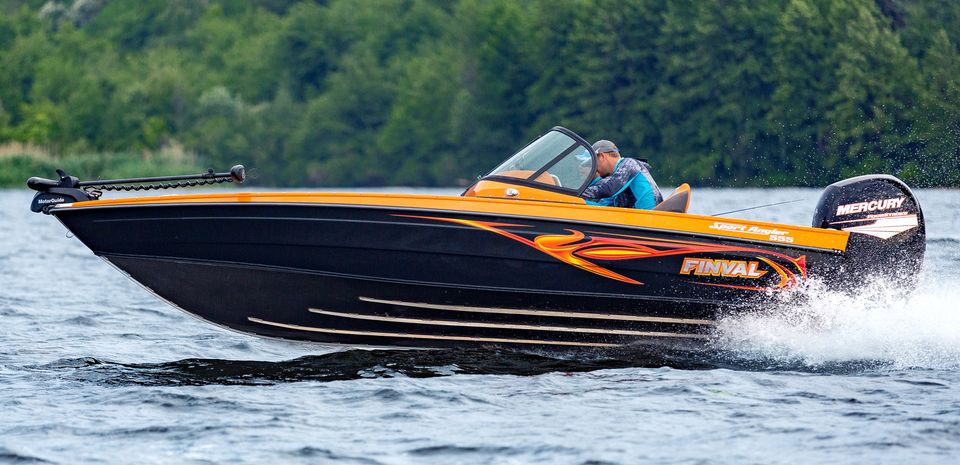Any aluminum boat requires special care. Without it, it can rot and become scrap metal. If you are planning to buy such a boat, you need to know what exactly needs to be done and how often in order to keep the hull strong and to use the boat as long as possible.
Proper and regular maintenance allows keeping aluminium boats to look good for many years of operation, prevent possible malfunctions, and preserve the value of your investments.
Care and operation of the boat in saltwater
The hulls of modern boats are made of high-quality marine aluminum, recommended for use in saltwater. However, care should be taken in both salt and freshwater to avoid creating an electrolytic action. Do not put brass, bronze, or copper fittings in direct contact with aluminum.
Check the condition of the corrosion control anodes regularly. If the anodes show signs of dissolution and they have lost more than half of their original volume, we recommend replacing them with new ones.
To avoid the appearance of corrosion after operating the boat in seawater, immediately rinse it with plenty of freshwater. Rinse the boat regularly, clean it of adhering algae and other organic matter, but first of all, you must take care of cleaning all seams and joints from salt. Always lift the boat out of the water thoroughly and abundantly rinse all external surfaces with fresh water, as the remaining salt can later have a harmful effect on them.
It is also not recommended to leave your boat in saltwater for a long time.

Winter storage and preservation
To prevent damage to your boat, we recommend taking a set of measures to prepare it for winter storage:
- Unscrew the drain plug immediately after removing the boat from the water.
- Be sure to remove anything from the boat that can trap moisture and cause mold.
- Thoroughly wash the boat, dry all surfaces, and internal cavities (lockers, compartments, aerators), drain water from all systems and hoses.
- Raise the bow of the boat to drain as much water as possible.
- Be sure to disconnect and remove all batteries, charge them and store them in a dry, well-ventilated place above 0 °C.
- Drain the fuel tank completely or fill the tank full. Any of the methods will minimize moisture condensation. You can add a gasoline stabilizer to the fuel if the tank is full.
- Make sure the boat and all lockers are well ventilated.
- If you live in an area with heavy snowfall, we recommend storing the boat under a canopy.
